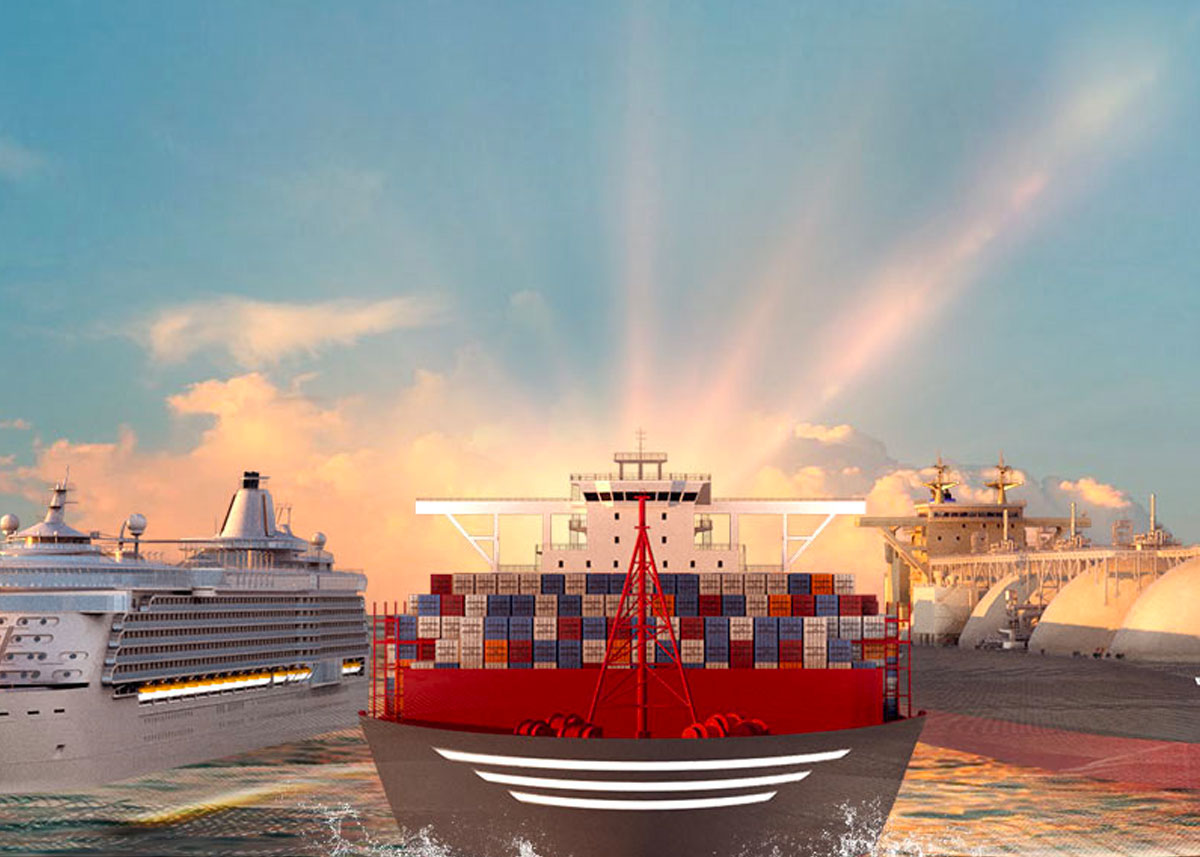BP has taken a final investment decision (FID) on the Tiber‑Guadalupe development in the Gulf of Mexico (GoM), greenlighting its second new production facility in the region in under two years.
The project, which is entirely owned and operated by bp, will become the company’s seventh operated oil and gas production hub in the GoM.
The project will feature a floating production platform with the capacity to produce 80,000 barrels of crude oil per day and encompasses six wells in the Tiber field, plus a two‑well tieback from the Guadalupe field.
First production is anticipated in 2030.
BP Gulf of America and Canada senior vice-president Andy Krieger said: “Our decision to move forward on the Tiber-Guadalupe project is a testament to our commitment to continue investing in the Gulf of America and expand our energy production from one of the premier basins in the world.
“Along with its sister project Kaskida, Tiber-Guadalupe will play a critical role in bp’s focus on delivering secure and reliable energy the world needs today and tomorrow.”
Recoverable resources from the initial phase of the Tiber and Guadalupe fields are estimated at around 350 million barrels of oil equivalent (mboe).
BP has noted the possibility of drilling additional wells in subsequent phases, subject to further evaluation.
Estimated capital expenditure for Tiber‑Guadalupe is around $5bn (£3.72bn).
It is listed among the eight to ten major projects that bp expects to start across the world between 2028 and 2030. It forms part of the company’s strategy to broaden its upstream business and long‑term shareholder value.
Combined with the Kaskida project, which is also wholly owned by bp, the company plans to invest roughly $10bn across its GoM Paleogene developments.
Tiber‑Guadalupe and Kaskida are described by bp as the central component of its newly developed programme in the deep-water GoM.
These developments, along with five operating platforms in the region, are expected to support bp’s plan to lift production capacity from the US offshore to more than 400,000 barrels of oil equivalent per day by 2030.
BP has also stated its intention to increase overall US onshore and offshore production to more than 1mboe per day by 2030.
The company said it will leverage existing platform and subsea equipment designs to seek affordability across construction, commissioning and operations for the Tiber‑Guadalupe hub.
Tiber’s development costs are projected to be roughly $3 a barrel cheaper than Kaskida’s, owing to a more than 85% design overlap with the latter.
BP executive vice-president for production and operations Gordon Birrell said: “Tiber-Guadalupe represents a significant step forward in our efforts to unlock the potential of the Paleogene in the Gulf of America, building on our decades of experience in the region.
“Together with our Kaskida project in the Paleogene, we expect Tiber-Guadalupe will be another world-class development.”
Earlier this month, EGAS, the state gas company of Egypt, signed a memorandum of understanding with bp to drill five new gas wells in the Mediterranean Sea.





